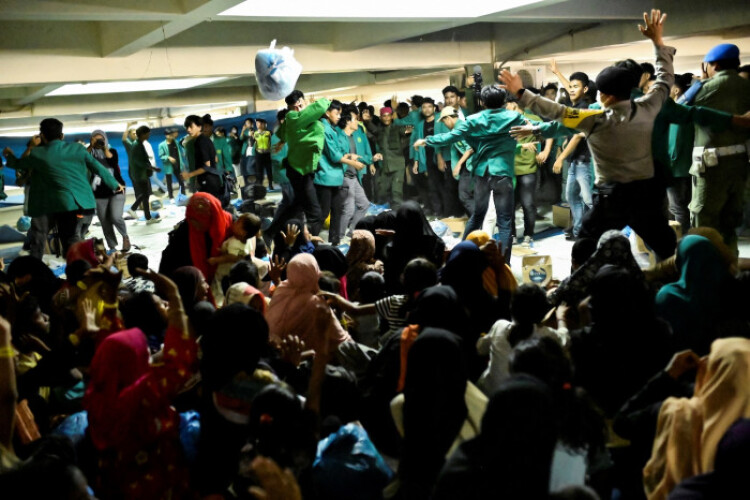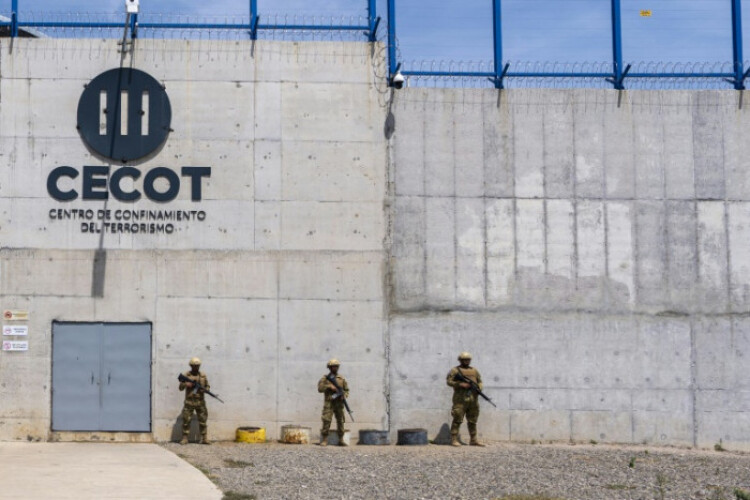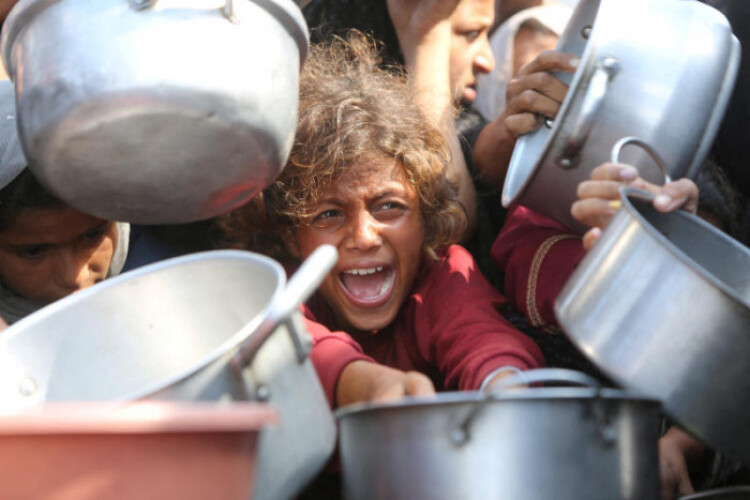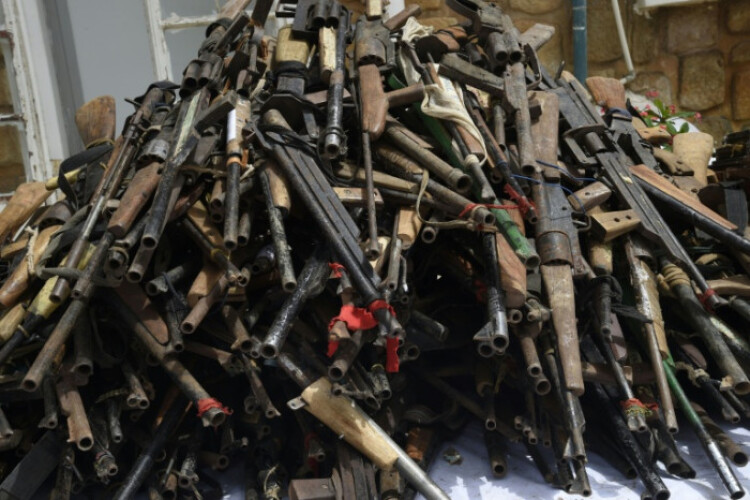
JAKARTA - More than 110 Rohingya refugees came ashore in Aceh province of Indonesia on Saturday after their boat nearly sank, UN refugee agency officials and the local government said, as growing numbers arrive by sea in the country.
The mainly Muslim Rohingya, who are originally from Myanmar and constitute the world’s largest stateless population, usually escape poor conditions in refugee camps on rickety boats to Thailand or Muslim-majority Indonesia and Malaysia between October and April, when the seas are calmer.
About 400 Rohingya arrived by boat last month in Aceh and North Sumatra province.
Mostly women and children, the Rohingya who landed on Saturday were brought ashore after their boat ran into difficulties, an official from the East Aceh regional government, Syamsul Bahri, was quoted as saying by the state news agency Antara.
“They were rescued by fishermen because the boat they were on allegedly sustained some damage and nearly sank,” Syamsul said.
Faisal Rahman, anb official with the United Nations High Commissioner for Refugees (UNHCR), said a total of 116 refugees came ashore in Birem Bayeun district of East Aceh.
Almost 1 million Rohingya are living in camps in Bangladesh in what UN High Commissioner for Refugees Filippo Grandi has called “the biggest humanitarian refugee camp in the world”.
In Buddhist-majority Myanmar they are regarded as foreign interlopers from South Asia and are denied citizenship and subjected to abuse.
More than 2,000 Rohingya arrived in Indonesia last year, UNHCR data showed, more than the combined total of arrivals in the previous four years.
Indonesia, which is not a signatory of the UN refugee convention, has said it has no capacity to accommodate refugees, and some Rohingya have faced hostility in the country as locals become frustrated by the increase in arrivals.
The mainly Muslim Rohingya, who are originally from Myanmar and constitute the world’s largest stateless population, usually escape poor conditions in refugee camps on rickety boats to Thailand or Muslim-majority Indonesia and Malaysia between October and April, when the seas are calmer.
About 400 Rohingya arrived by boat last month in Aceh and North Sumatra province.
Mostly women and children, the Rohingya who landed on Saturday were brought ashore after their boat ran into difficulties, an official from the East Aceh regional government, Syamsul Bahri, was quoted as saying by the state news agency Antara.
“They were rescued by fishermen because the boat they were on allegedly sustained some damage and nearly sank,” Syamsul said.
Faisal Rahman, anb official with the United Nations High Commissioner for Refugees (UNHCR), said a total of 116 refugees came ashore in Birem Bayeun district of East Aceh.
Almost 1 million Rohingya are living in camps in Bangladesh in what UN High Commissioner for Refugees Filippo Grandi has called “the biggest humanitarian refugee camp in the world”.
In Buddhist-majority Myanmar they are regarded as foreign interlopers from South Asia and are denied citizenship and subjected to abuse.
More than 2,000 Rohingya arrived in Indonesia last year, UNHCR data showed, more than the combined total of arrivals in the previous four years.
Indonesia, which is not a signatory of the UN refugee convention, has said it has no capacity to accommodate refugees, and some Rohingya have faced hostility in the country as locals become frustrated by the increase in arrivals.






